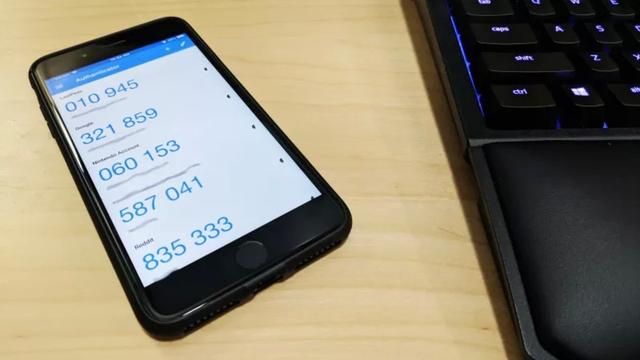The required specifications of Windows 11 are too difficult to understand, so I will explain
It's really hard to understand...
I'm having a hard time figuring out what system requirements I need to upgrade to Windows 11, such as TPM, CPU, UEFI (meaning system requirements), etc. Additionally, Microsoft released its first "Insider Preview Build" for early adopters, but changed its requirements just hours later. So here, let's explain exactly what you need to do to get Windows 11 working.
About the CPU. The CPU is the brain of your computer and has a significant impact on your machine's performance. The original system requirements were 8th generation Intel Core processors (launched in 2017), AMD Zen 2 processors (launched in 2019), Qualcomm 7/8 series processors, and CPUs released after that. was compatible with Windows 11.
However, many devices (even the expensive Microsoft Surface Studio 2) were not compatible with Windows 11 because of this system requirement. So Microsoft is currently testing the 7th generation Intel Core and AMD's Zen 1 in the preview version and intends to confirm the performance. In fact, the company has held off on announcing details about the processor. However, Insider Preview builds don't need to meet CPU requirements, at least for now.
Microsoft says the reason for this is that certain older hardware needs to be addressed in order to remain reliable, secure and compatible with Windows 11. So it's not about performance, it's about features like Windows Hello.
The current system requirements for Windows 11 are described as a 64-bit CPU with multiple cores running at 1GHz or higher. You should also have at least 4GB of RAM (computer work space) and at least 64GB of storage (where your OS and applications are stored).
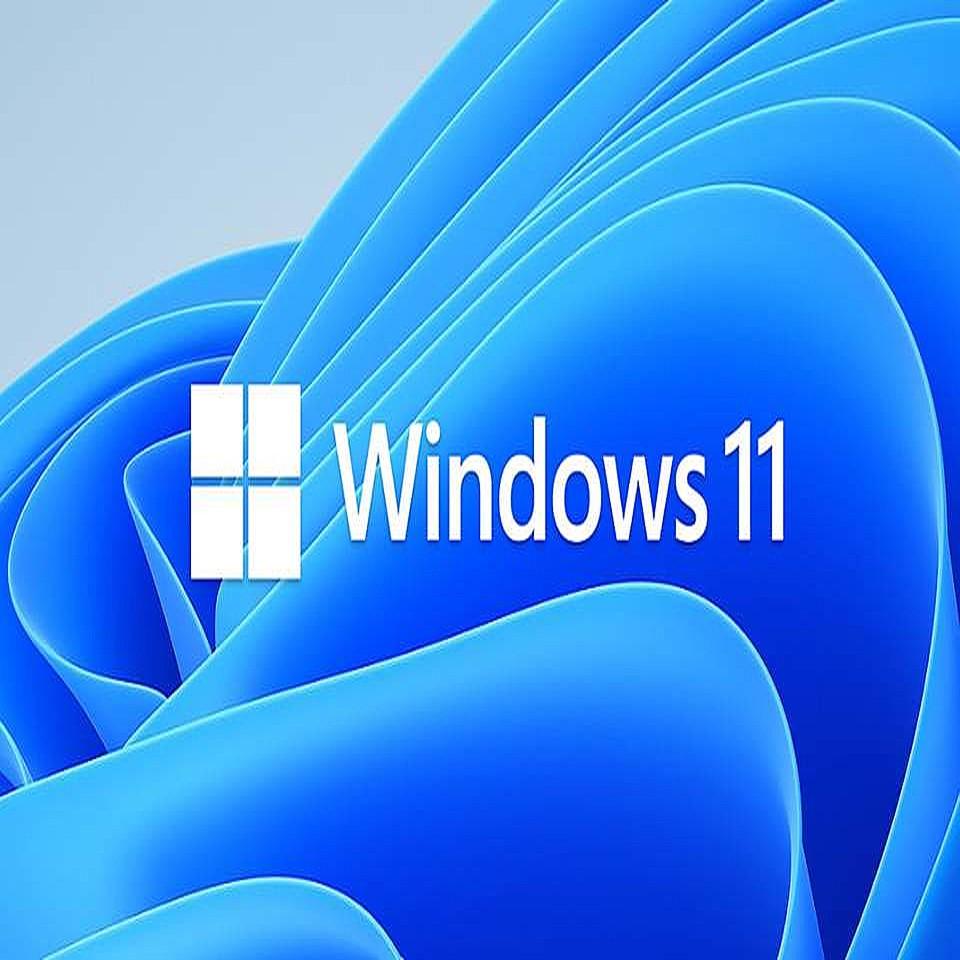
Windows 11 also requires support for the latest graphics standard, DirectX 12. But DirectX 12 is an older standard that was released with Windows 10 in 2015, so that shouldn't be a problem. You'll also need a 9-inch or larger display with 720p resolution or higher. A Microsoft account and internet connection are also required.
Your PC must also support Secure Boot with UEFI (Unified Extensible Firmware Interface). UEFI is the system that manages the interaction between the hardware and the OS, but it's been decades since it replaced the older BIOS (Basic Input/Output System), so that shouldn't be a problem either. prize.
The most confusing is the system requirement for version 2.0 of the TPM (Trusted Platform Module). Thankfully, this requirement has also been waived for Insider Preview builds.
TPM is simply an extra security feature. This is a chip on your CPU or computer motherboard that monitors and protects against suspicious activity. These include ransomware attacks and malware that tries to infiltrate your PC. A TPM adds hardware-level security as well as existing software-level (such as anti-virus software), acting like an alarm to warn of intruders.
Another primary role of the TPM is to securely store sensitive information such as passwords and encryption keys. Because it is separate from the hard drive (like an HDD), it makes it difficult for others to read the data on the drive. In other words, even if the storage is removed from the PC, the encrypted data cannot be read because there is no TPM.
TPM's have been in PCs for 5-6 years, so if it's not an older machine, chances are they are. To check this, search the internet for the CPU in your PC, check if it has a TPM, and enable the feature if necessary (note that different manufacturers may have different names for it). I have). You can install the TPM chip yourself, but it's fairly complicated.
Microsoft pulled down the "PC Health Check" app that checks for Windows 11 compatibility after the confusion over TPM 2.0. The app did not tell the user if the PC parts met the requirements or if a TPM 2.0 chip was present, it simply passed or failed.
According to Microsoft, an improved PC Health Check app will be released before the official distribution of Windows 11. Until then, tools like the open source WhyNot 11 can help you make sure you meet the necessary requirements.
You can check the specs of your PC with the Windows 10 diagnostic tool available from the Start menu, "Settings" → "System" → "About". However, it may take a little more research to find out the generation of the CPU. Read Microsoft's release on upgrading to Windows 11 here and this article for upgrade guidance.

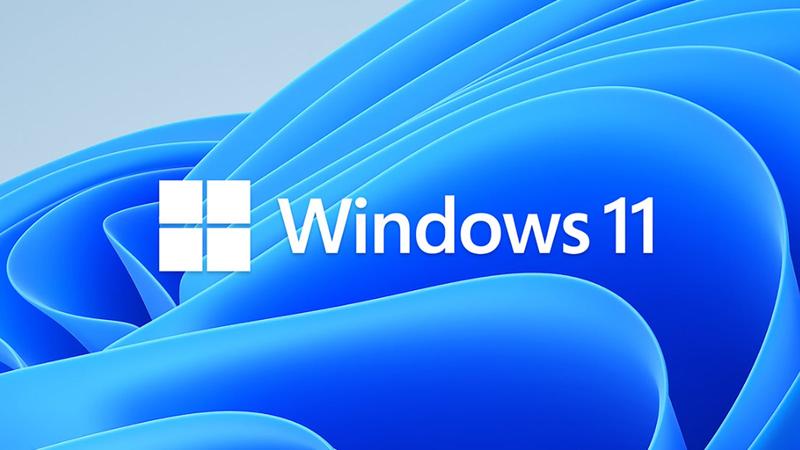
![10th generation Core i5 equipped 9.5h drive mobile notebook is on sale at 50,000 yen level [Cool by Evo Book] 10th generation Core i5 equipped 9.5h drive mobile notebook is on sale at 50,000 yen level [Cool by Evo Book]](https://website-google-hk.oss-cn-hongkong.aliyuncs.com/drawing/article_results_9/2022/3/9/4a18d0792cae58836b71b9f591325261_0.jpeg)


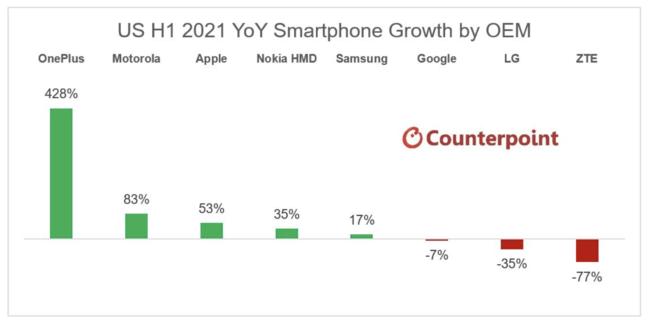
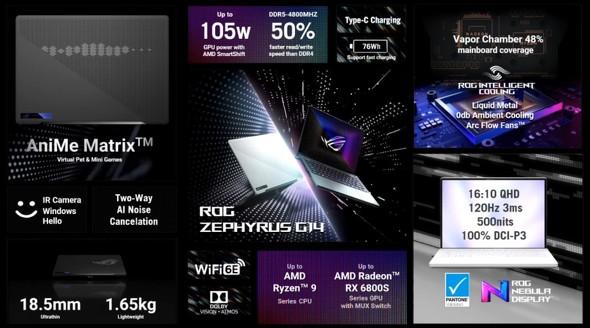
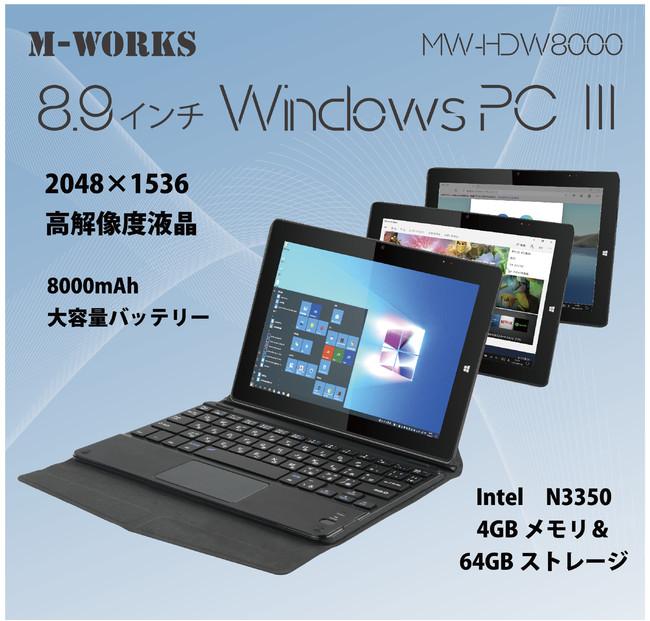
![[Amazon time sale in progress! ] 64GB microSD card of 1,266 yen and wireless earphone with noise canceling function of 52% off, etc. [Amazon time sale in progress! ] 64GB microSD card of 1,266 yen and wireless earphone with noise canceling function of 52% off, etc.](https://website-google-hk.oss-cn-hongkong.aliyuncs.com/drawing/article_results_9/2022/3/9/c88341f90bab7fe3ce1dc78d8bd6b02d_0.jpeg)
